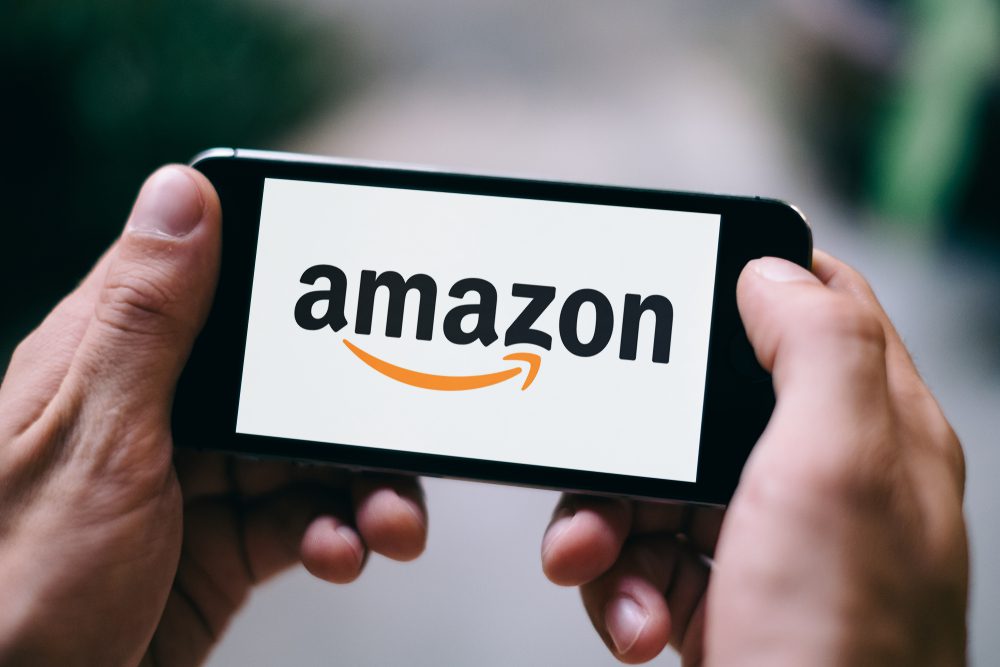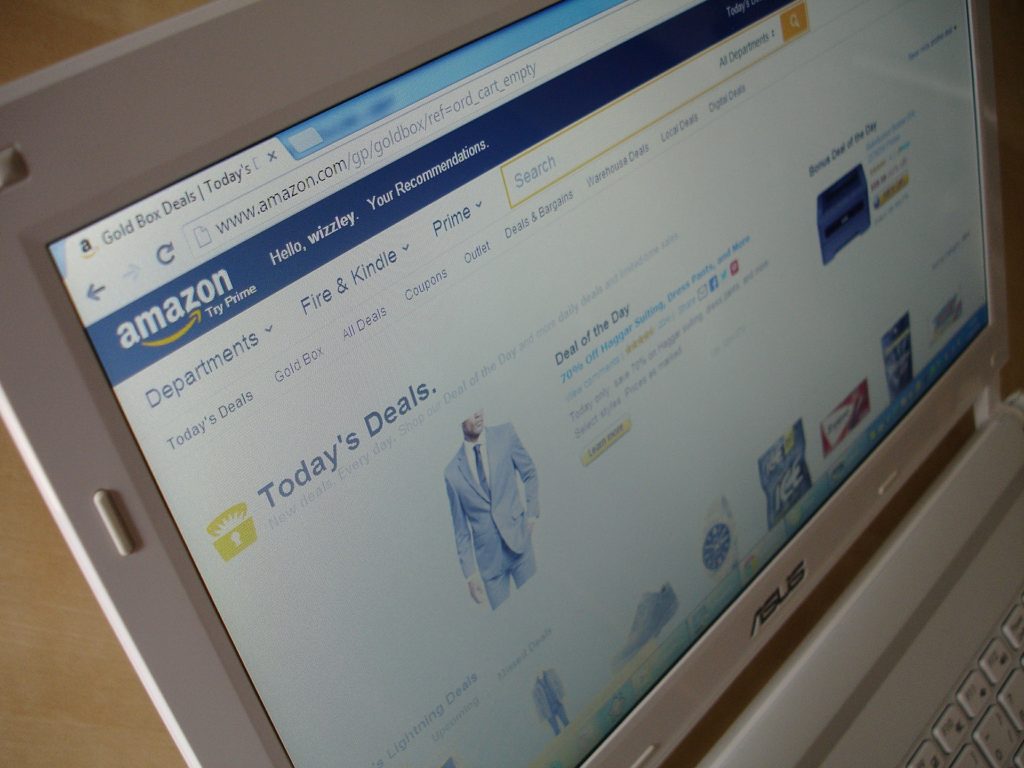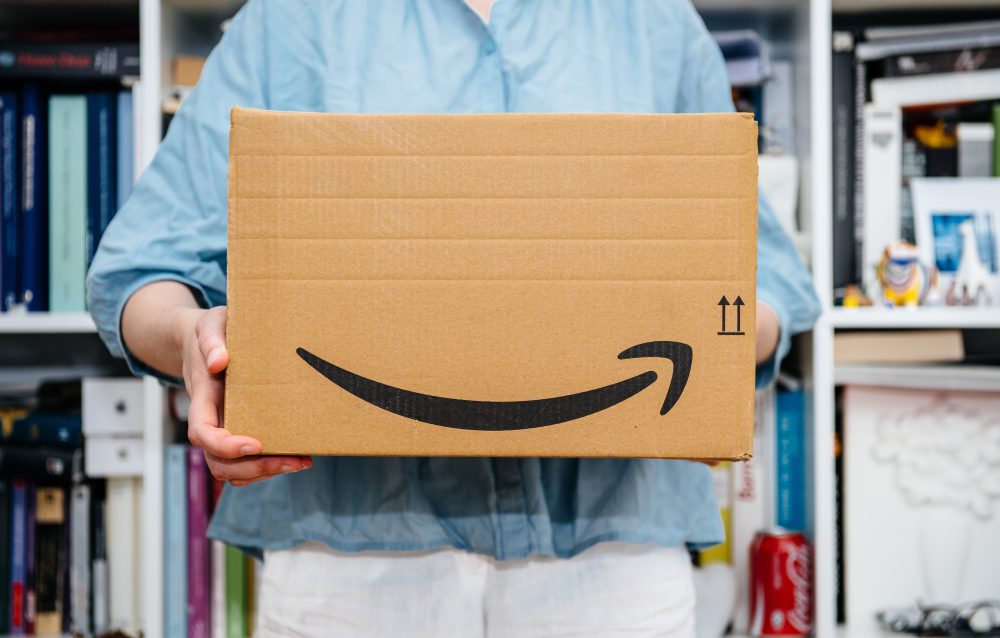
The coronavirus pandemic had us all locked up in our homes and closed down businesses for months. People had to change their shopping habits, whether they liked it or not, and rely heavily on online e-commerce. Amazon was one of the online retailers who say outstanding increases in sales during the lockdown and beyond, reportedly growing its market capitalization by more than $600 billion in 2020 alone.
Unfortunately, the fact that we couldn’t test out the products ourselves, meant we had to rely on other buyers’ opinions, which opened the door to millions of fake comments and unreliable reviews. According to various monitoring services, about half of the analyzed Amazon reviews left by users from March through September 2020 might be bogus. Read on to find out what experts have discovered during their most recent research.
Amazon reportedly has more questionable reviews than other retailers
According to Fakespot Inc., an online monitoring service, approximately 42 percent of the 720 million reviews left by customers on Amazon between March and September 2020, were deemed as unreliable and coming from questionable sources. At the same time, Walmart’s reviews for their online stores were found 36 percent unreliable, the same percentage as in the previous year.
Speaking of the giant retailer, check out 7 Ways Walmart Will Be Different After Coronavirus.
Fake reviews have been a long-time problem
According to CNN, the bogus reviews fall into two main categories. The ones generated by bots around important shopping events such as Black Friday and the ones written by people who get paid in exchange for their good comments. According to Saoud Khalifah, Fakespot founder and chief executive officer, it is “fairly easy for third-party algorithms like Fakespot to find and weed out thanks to their awkward, keyword-studded sentences.” When it comes to spotting the bogus reviews in the second category, things get a little more complicated. In general, paid reviews are used to increase the rating for phone accessories, electronics, and small appliances, so watch out if the headphones you’re looking to buy received out-of-this-world compliments.

Amazon bogus reviews are more prevalent during the holiday season
Bogus reviews are usually less prevalent in the spring and summer. According to Fakespot, about 36 percent of Amazon reviews were categorized as unreliable in 2019, throughout the same months. Come autumn or winter and the numbers change completely. On that note, see also 5 Most Common Holiday Scams to Watch Out For.
“We’ve only seen those kinds of numbers in the Black Friday or Christmas period in 2019,” says Khalifah. “In 2020, the surge of fake reviews has proliferated in a rapid manner coinciding with lockdown measures in the USA.” E-commerce skyrocketed because of the COVID-19 pandemic, increasing competition among vendors who want nothing more than to exploit this situation to the maximum.
If you’ve also been buying more stuff online in these past few months, you might want to know more about these 7 Common Online Shopping Mistakes That Could Leave You Broke.
Amazon’s reviews were found unreliable by other monitoring services
Fakespot is not the only monitoring browser that pointed out the soaring number of questionable Amazon reviews. ReviewMeta, an analyzing tool that analyzes Amazon ratings alone in order to provide customers with accurate information, noticed a surge in bogus reviews as well.
Compared to last year’s summer months, the numbers exploded in the summer of 2020. According to ReviewMeta founder Tommy Noonan, this may be because of Amazon’s new One Tap Reviews. The new feature enables users to rate a product by clicking how many stars they want to give, without leaving any comments.
RELATED: 9 Biggest Online Scams You Might Fall Victim To

Personal protective equipment also had its fair share of unreliable reviews
Unfortunately, the coronavirus pandemic revealed the fact that some would do just about anything for money, even jeopardize people’s health and, ultimately, their lives. According to Khalifah, the number of fake reviews increased along with the demand for PPE amid the COVID-19 health crisis.
A user left a questionable review for a certain face mask sold on Amazon, with a rating of 3.9 stars, claiming they have evaluated nine face masks in one day and more than 1,300 in total. In Khalifah’s opinion, the review is clearly a fake one because “no one has time to review that many products.” And there’s more where that came from!
With the coronavirus pandemic in full progress and a possible economic crisis on the way, here are 13 Things You Shouldn’t Purchase During a Recession,
Amazon is defending their reviews
Following the release of their reports regarding fake reviews, Amazon officials released a statement saying that the monitoring services cannot “concretely determine the authenticity of a review, as they do not have access to Amazon’s propriety data such as reviewer, seller and product history.” The statement also revealed that Amazon is aware of the existence of bad actors but the e-commerce giant is doing everything in their power and using up-to-date methods to spot and eliminate fake and abusive reviews and protect the integrity of the site.
“We have clear policies for both reviewers and selling partners,” an Amazon spokesperson told CNN Underscored, “and we suspend, ban and take legal action against those who violate these policies.”
Here are a few things you can do to spot fake reviews on Amazon, as well as on other online stores:
- Thoroughly read the reviews. Don’t take the rating at face value. Just because a product has 4.9 stars, doesn’t mean the reviews have not been tampered with. Start from the most recent reviews to the oldest ones, as a product’s quality can change in time.
- Use free review analysis tools like Fakespot and ReviewMeta to detect suspicious reviews. Repetitive phrases and praising words that common users would not normally use in everyday language.
- Check the product outside of Amazon. YouTube or other similar services could also tell you something about the product you’re intending to purchase.
- Be a savvy reader. Look out for users without profile pictures, other reviews they’ve posted and the number of stars they usually give. If the reviewer has given only five-star ratings, he was probably paid to do just that.
- Find out the product’s return policy before purchasing it. This is extremely important! You don’t want to be stuck with a low-quality product you’ve paid good money for. Fortunately, Amazon’s return policy is rather fair in that buyers can return defective and damaged products or incorrect items, within 30 days and get their money back in full. Speaking of buying things, here are 9 Worst Items to Purchase on Amazon.























